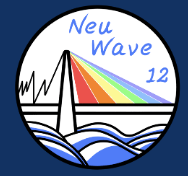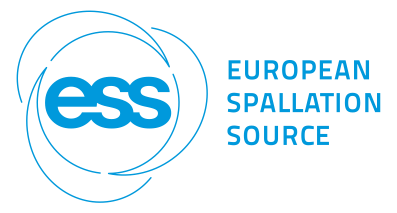Speaker
Description
Abstract
Our understanding of corrosion and material degradation of steel materials can significantly improve by combining imaging with electrochemical characterisation. Neutron imaging is a non-destructive powerful technique suitable for imaging metal surfaces. It is useful to conduct attenuation-based studies and it is highly sensitive to light elements (hydrogen). However, the influence of neutron-optical artifacts (e.g., edge effects) occurring at the air-metal interface restrict us from characterising surface corrosion films (FeCO3) on X65 steel forming in carbon dioxide environments. Edge effects (a refraction phenomenon) are influenced by wavelength, sample geometry, sample-to-detector distance, surface inclination and sample composition as different materials have variable refractive indices [1-3]. We studied ways to overcome edge effects in neutron imaging by optimising experimental parameters at IMAT. In particular, we thoroughly investigated and optimized the operating wavelength range to analyse X65 steel material. Energy-resolved imaging was chosen for this investigation as it offers flexibility to study the effects of specific, smaller and larger wavelength ranges after data collection.
It was observed that edge effects are less pronounce in the lower neutron energy range, in the region of Bragg edges, whilst stronger edge effects are evident after the Bragg cutoff. Our study was validated using other materials such as nickel, lead, copper, for which similar trends were found. Thus, we suggest that to improve the surface imaging analysis of metals, like X65 steel, the selection of appropriate wavelength range is important to reduce edge effects.
References
[1] E. Lehmann, M. Schulz, Y. Wang, and A. Tartaglione, “Edge Enhancement Investigations by Means of Experiments and Simulations,” in Physics Procedia, Elsevier B.V., 2017, pp. 282–289. doi: 10.1016/j.phpro.2017.06.039.
[2] L. G. Butler and E. H. Lehmann, “Edge enhancement in cold neutron imaging: A comparison of ex-periments at edges and interfaces with ray-tracing based on refraction and reflection,” in Physics Procedia, Elsevier B.V., 2013, pp. 149–160. doi: 10.1016/j.phpro.2013.03.018.
[3] M. Strobl, N. Kardjilov, A. Hilger, G. Kühne, G. Frei, and I. Manke, “High-resolution investigations of edge effects in neutron imaging,” Nucl Instrum Methods Phys Res A, vol. 604, no. 3, pp. 640–645, Jun. 2009, doi: 10.1016/j.nima.2009.03.020.
| Abstract Topic | Application studies |
|---|

